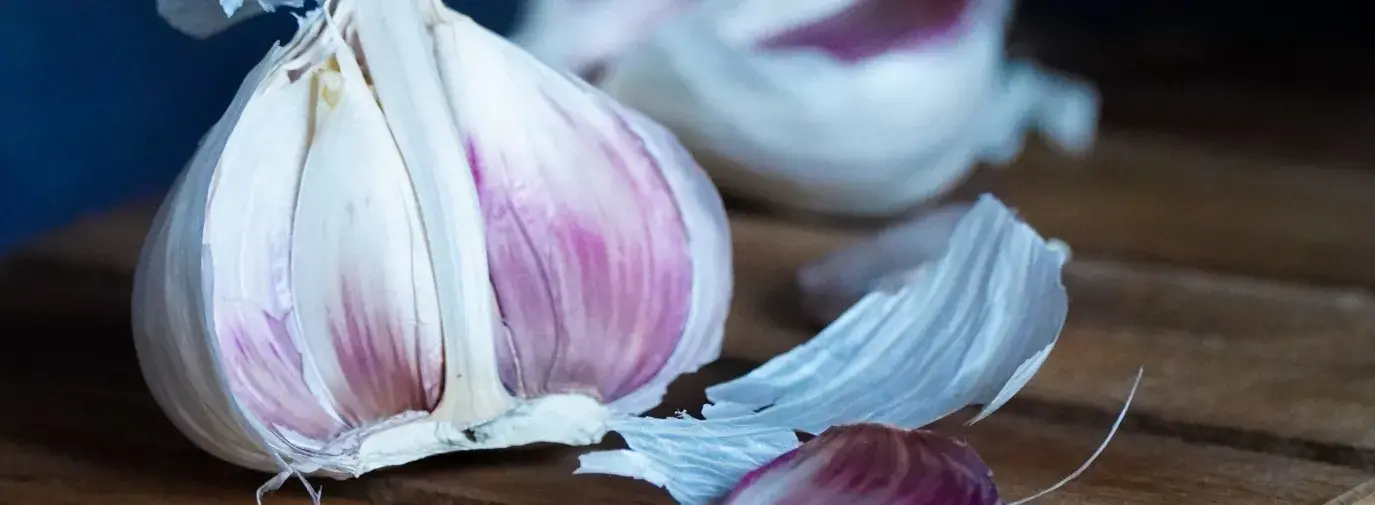
Fall Planting Guide
While Fall is a time to harvest the final veggies in our gardens and put them to bed, it is also an active planting season! Many plants need a dormant period before being able to produce their flowers or fruit. Planting them in the fall gives them a chance to take root and adjust to their new home before the ground freezes.
Before you decide what and when to plant, make sure you know what hardiness zone you live in.
What Can You Plant in the Fall?
- Bulbs: Perennials like daffodils, tulips, lilies, crocuses, for example! It is best to get bulbs in the ground when the soil temperature is about 55°F, when night temperatures are between 40-50°F. If you’re in colder zones, be sure to cover the ground with mulch to help protect the bulbs.
- Alliums: Garlic, onions, and shallots are best planted in the fall. Do so when you are planting flowering bulbs.
- Trees & Shrubs: Trees and shrubs are best planted from early fall until the ground freezes. Be sure to research winter care for them as well. If you miss planting in the fall, it isn’t impossible to do so in the spring. If you do plant in the spring, one trick that you could use for stone fruit trees, for example, is placing the pit in a moist paper towel in the refrigerator for 10 weeks before transferring to the ground.
- Evergreens: Plant evergreens by mid-fall, well before the ground freezes, to give their roots enough time to get stable footing before winter.
- Peonies: Peonies are hardy to zone 3 and grow well as far south as zones 7 and 8. Peonies are best planted in the fall because they need proper chilling for bud formation. Be sure to plant them at least 6 weeks before the ground freezes. If you plant them in the spring, they will grow, but the following season will likely produce much better results.
- Cool-season veggies: Get in a second (or first!) planting season by planting leafy greens and cruciferous vegetables like radishes, turnips, broccoli, and Brussels sprouts.
Other Tips for a Successful Fall Planting
- Mulch—mulching helps the new roots establish themselves and it protects them from freezing temperatures. If you plant a tree, don’t put the mulch right up to the trunk, leave a couple inches around the trunk of the tree to prevent rot, disease, and insects from damaging the tree.
- Plan ahead—some fall planters need to be planted in early fall while others should be planted 6 or 8 weeks before the ground freezes.
- To learn more, check out this article from the DIY Network.






